Dec. 30, 2009-Jan.15, 2010
We’ve been getting holes, trails and sites ready in preparation for the oncoming rainy season, which officially began over the weekend of January 9-10th. As mentioned in the previous report, three revegetation sites had been completed and a fourth is about two-thirds ready for planting. 1,000 holes have been dug at the sites thus far and are ready for immediate planting.
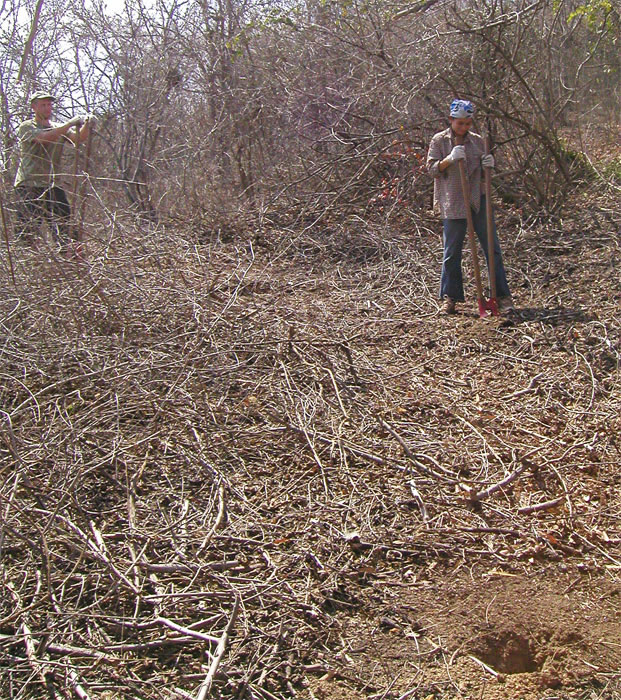
The big news this year is that there is a new Field Foreman, a long time Planet Drum local friend, famous for his enthusiasm for seed collecting and knowledge of local tree species, Orlando. He will be accompanying the crew in the field on a daily basis and after a short training period will be leading the field crew on days when I have duties that require my presence in Bahia for the morning.
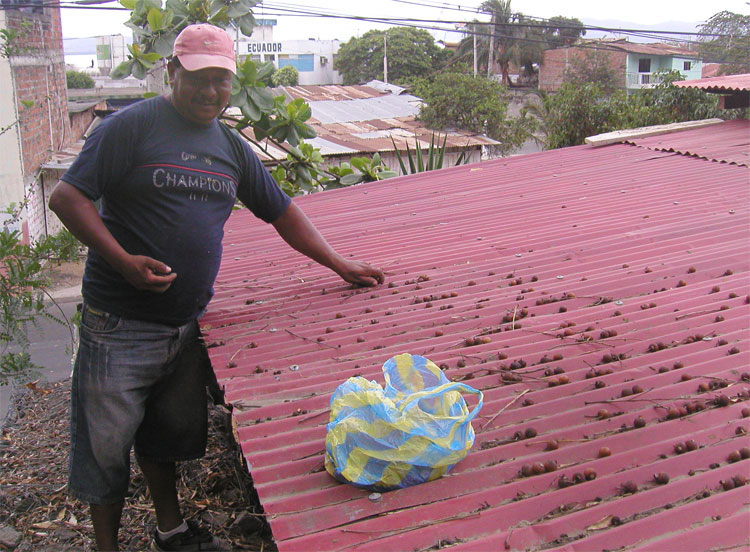

Once the rains began (which coincided perfectly for planting according to the moon phases) we shifted gears entirely to tree planting. This past week everyday has been dedicated to tree planting at the sites that are ready.
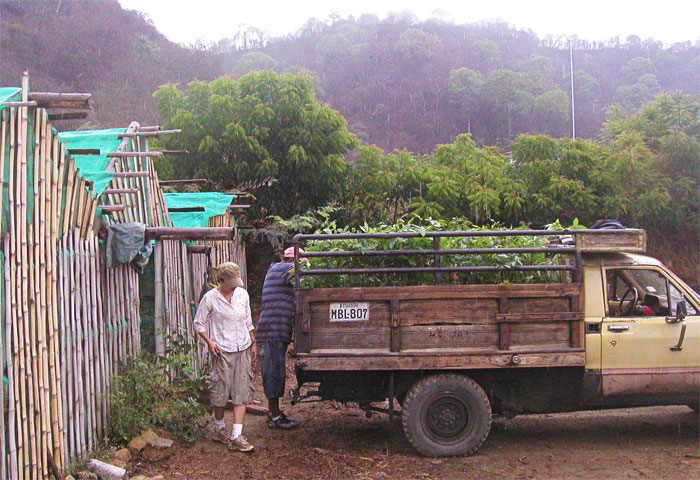
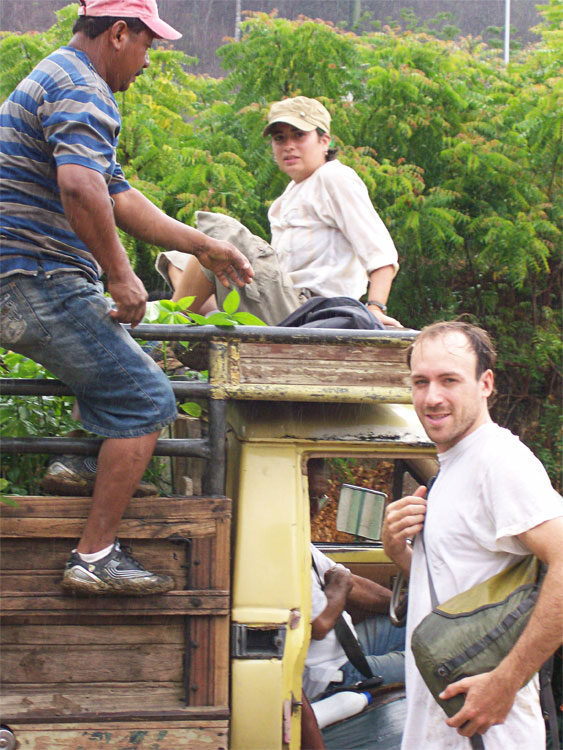
Trees were planted at the William site, in Jorge Lomas, and the Universidad Catolica site. I am very happy about the size of the trees grown in the greenhouse for transplanting into the field. If they are too small, they tend to take too long to set roots, and if they are too big they won’t transplant well at all. The ideal size appears to be around 50 cm (1 ½ feet). The vast majority of the trees this year fit the bill.



The trick about getting trees to be the proper size is to germinate the seeds at the right time, depending on how quickly each species grows. Some trees need almost a full twelve months in the greenhouse, others only three to four.
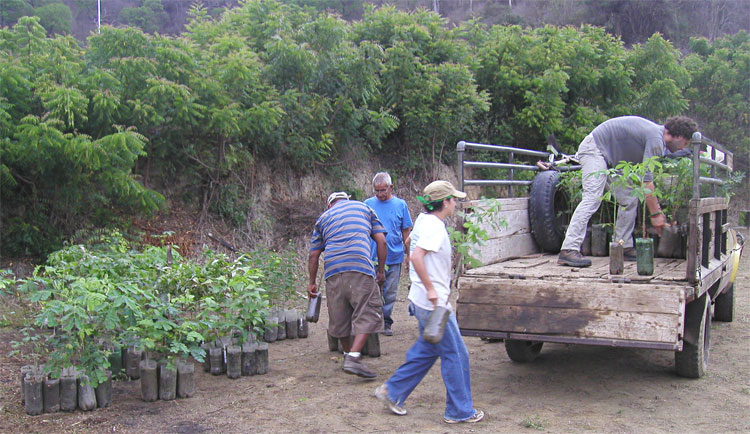

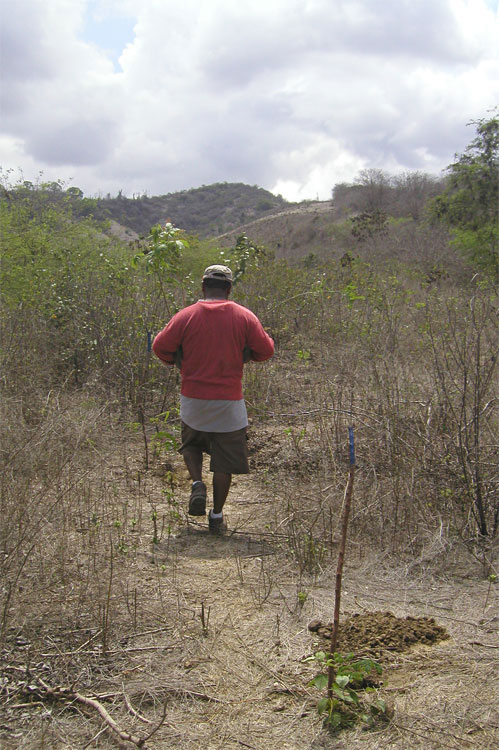
The sites we’ve planted already look fantastic, with hundreds of healthy trees dotting the landscape.
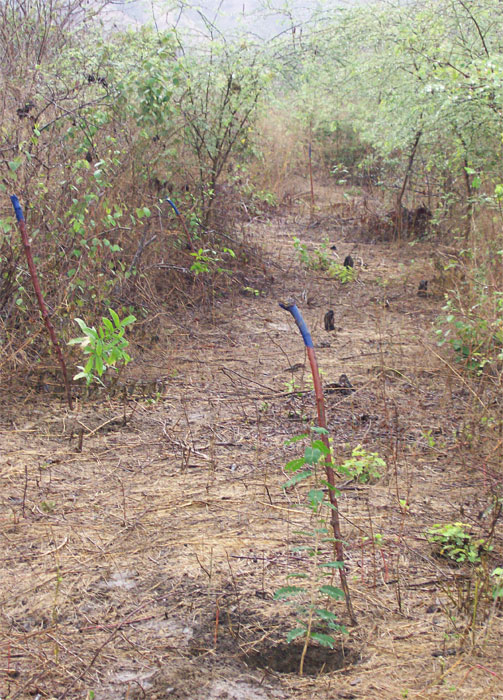

Rain water has a magical quality on plants, the effect of which is heightened by nine months of no rain. Everything is budding and bursting with a brilliant bright green. The trees at the greenhouse are exploding, begging to be transplanted as soon as possible.
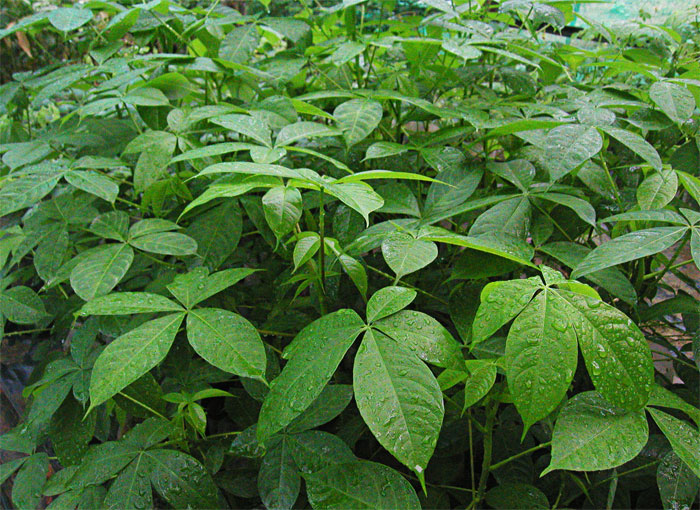
Another activity that we have been doing lately, which always puts a smile on Orlando’s face, is seed collecting. The rains have been knocking down all kinds of seeds from different trees species, prime for collecting and saving for the Planet Drum greenhouse. So in our spare moments during the day, we’ve been building up the seed reserve for next year’s batch of trees.
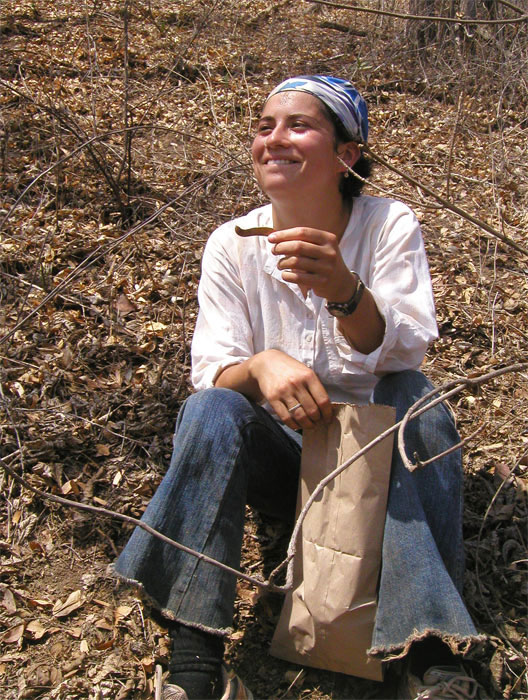
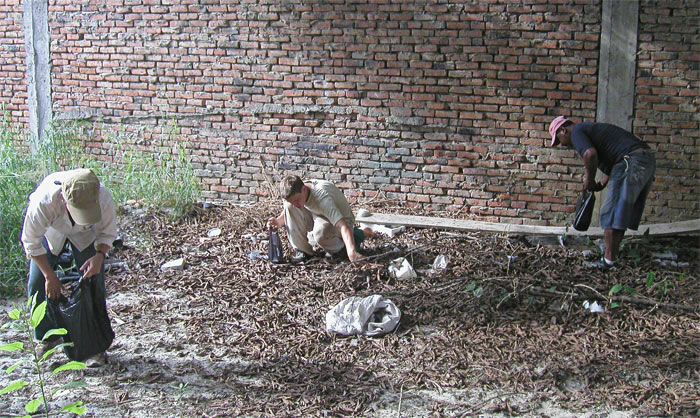
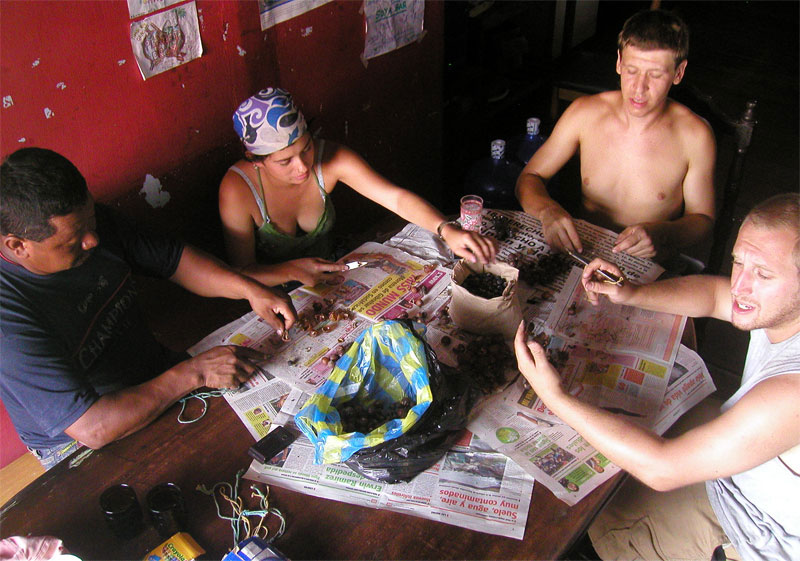
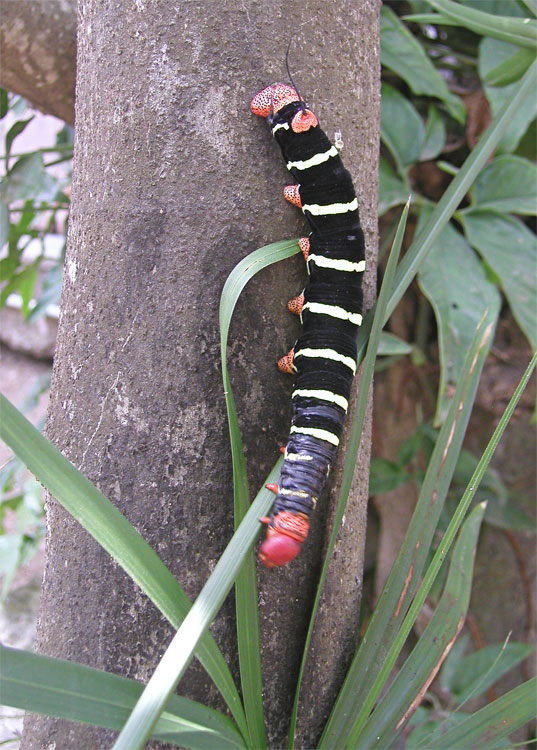
The large task facing us now will be to continue to make new sites to create homes for the remaining 1,500 or so trees left in the greenhouse. Fortunately the volunteer schedule is looking good for February and beyond, with lots of motivated individuals due for arrival.
Pásalo bien,
Clay

Reader Interactions